I have a simple script.
IF OBJECT_ID('dbo.Customers', 'U') IS NOT NULL
DROP TABLE dbo.Customers;
GO
CREATE TABLE dbo.Customers
(
custid INT NOT NULL,
companyname VARCHAR(125) NOT NULL,
phone VARCHAR(120) NOT NULL,
address VARCHAR(150) NOT NULL
);
INSERT INTO dbo.Customers
(custid, companyname, phone, address)
VALUES (1, 'cust 1', '(111) 111-1111', 'address 1'),
(2, 'cust 2', '(222) 222-2222', 'address 2'),
(3, 'cust 3', '(333) 333-3333', 'address 3'),
(4, 'cust 4', '(444) 444-4444', 'address 4'),
(5, 'cust 5', '(555) 555-5555', 'address 5');
IF OBJECT_ID('dbo.CustomersStage', 'U') IS NOT NULL
DROP TABLE dbo.CustomersStage;
GO
CREATE TABLE dbo.CustomersStage
(
custid INT NOT NULL,
companyname VARCHAR(125) NOT NULL,
phone VARCHAR(120) NOT NULL,
address VARCHAR(150) NOT NULL
);
INSERT INTO dbo.CustomersStage
(custid, companyname, phone, address)
VALUES (2, 'AAAAA', '(222) 222-2222', 'address 2'),
(1, 'cust 1111111111', '(111) 111-11111111111111', 'address 111111111'),
-- (1, 'cust 1111111112222222222', '(111) 111-1111111112222222222', 'address 1111111112222222222'),
(3, 'cust 3', '(333) 333-3333', 'address 3'),
(5, 'BBBBB', 'CCCCC', 'DDDDD'),
(6, 'cust 6 (new)', '(666) 666-6666', 'address 6'),
(7, 'cust 7 (new)', '(777) 777-7777', 'address 7');
SELECT *
FROM dbo.Customers;
SELECT *
FROM dbo.CustomersStage;
SET STATISTICS XML ON;
MERGE INTO dbo.Customers d
USING dbo.CustomersStage s
ON d.custid = s.custid
WHEN MATCHED THEN
UPDATE SET d.companyname = s.companyname,
d.phone = s.phone,
d.address = s.address
WHEN NOT MATCHED THEN
INSERT (
custid,
companyname,
phone,
address
)
VALUES (
s.custid,
s.companyname,
s.phone,
s.address
);
SET STATISTICS XML OFF;
SELECT *
FROM dbo.Customers;
The execution plan of the MERGE statement looks like this.
You can download the execution plan here at https://drive.google.com/file/d/0B4xMAUd6DN6XdkZyTmJkdF9TY3c/view?
My question is, what exactly is this [Bmk1002]? Hope someone can help to explain it.
